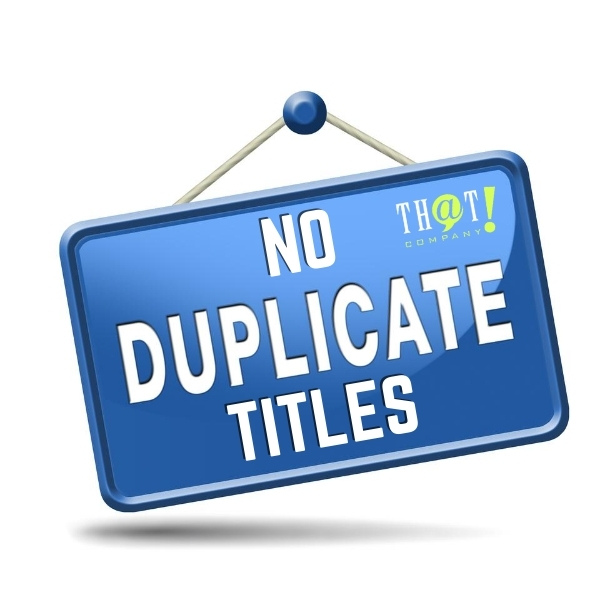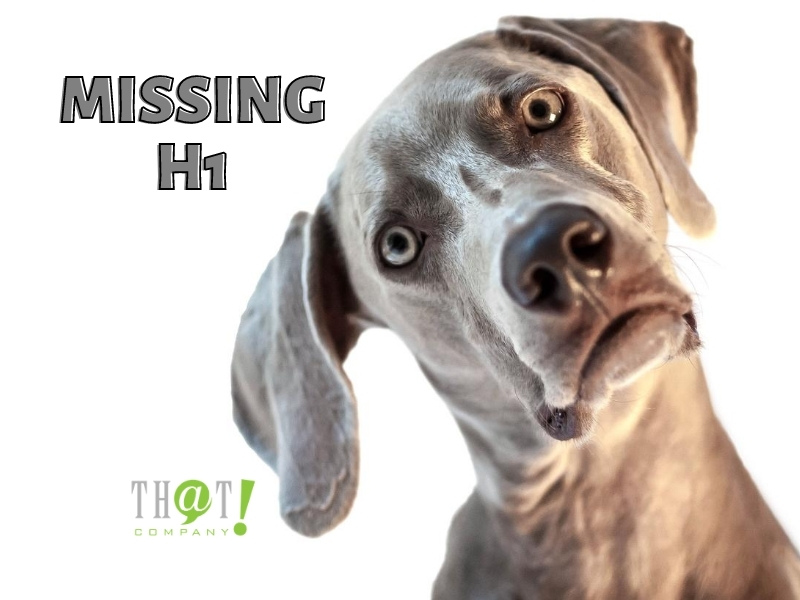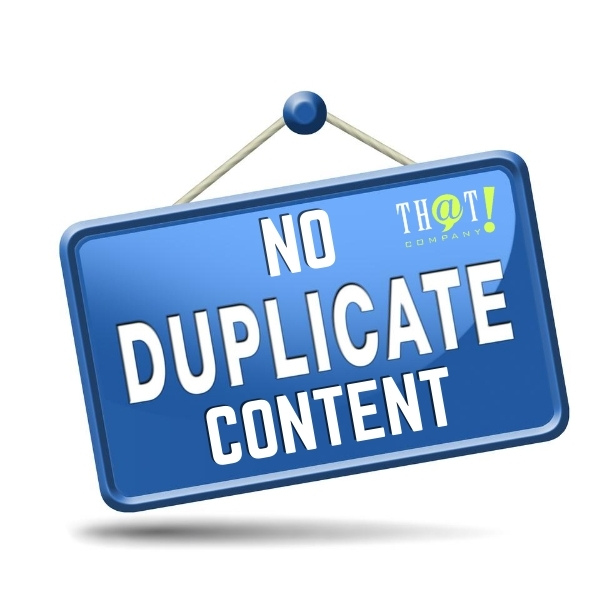 In this post, I will outline several, but assuredly not all the elements you will need to monitor and correct as necessary to run a successful search engine optimization campaign.
In this post, I will outline several, but assuredly not all the elements you will need to monitor and correct as necessary to run a successful search engine optimization campaign.
Robots.txt Blocking Crawlers: The Absolute Death of a Successful Search Engine Optimization Campaign
A Robots.txt file gives instructions to any web crawlers, including search engines, on which pages of a website they should crawl. This way you can choose which pages you would want to be indexed on Google for example. Any errors in this file could cause a search engine to not index your website at all.
Invalid Sitemap.xml Format
A sitemap.xml lists all the public pages of your website so a crawler can easily find them.  You should only include pages that you wish a search engine to crawl. An error is triggered if the syntax of the XML is incorrect.
You should only include pages that you wish a search engine to crawl. An error is triggered if the syntax of the XML is incorrect.
Duplicate Titles
The <title> tag is one of the most important components of a page. It is often used as a link to your page on a search engine and is meant to describe the purpose of the page in a few words. A <title> is considered to be a duplicate if it matches the exact title of another page. Duplicate titles will diminish the quality of a page since it is unclear on which page has more relevance to a given topic. Furthermore, it will also confuse the user when navigating your site. A successful search engine optimization campaign will dedicate itself to avoiding this failure at all costs.
Missing Title
A missing page title supplies no information for the search engines to determine what your page is about and may cause the search engine to display what it thinks your page title should be which may be entirely inappropriate for the page.
Short Titles
Generally, using short titles on web pages is a recommended practice. However, keep in mind that titles having 10 characters or less do not supply enough information about what your web page is about and limit your page’s potential to show up in search results for desired keywords.
Long Titles
Any title with more than 70 characters is considered to be too long. Most search engines and sites will automatically shorten such a long title known as truncation and shown as an ellipsis.  A long title could penalize your site especially if you are keyword stuffing.
A long title could penalize your site especially if you are keyword stuffing.
Matching H1 and Title Content
Using the same title as your H1 content is an ineffective way of defining the page topic. Use this opportunity to create two distinct phrases that illustrate the purpose of the page. Many successful search engine optimization campaign writers will use creative and compelling terms in a Title—in addition to the keyword term—to attract clicks from users.
Missing Canonical Tag
Canonical tags help to avoid duplicate content when a unique piece of content is accessible via multiple URLs. Defining a correct canonical tag for all pages will keep them away from possible duplicate issues.
Overused Canonical Tags
This test will fail if too many pages have the same canonical tag. Canonical tags are used to find a duplicate page so that Google only indexes one URL. Make sure that each of your pages is not pointing to the same page or else it will be the only one page indexed.
Duplicate Meta Descriptions
A meta description is a hidden tag that describes the purpose of a page. Search engines may use this description in the listing for this site and in determining the topic of the page. If the same description is used on other pages, it may be difficult to differentiate between pages. Some of our white label SEO solutions may have the objective to change the meta description of a webpage. If you want to make a change, you should do it in a natural way and avoid keyword stuffing.
[bctt tweet=”Multiple H1 tags can confuse a search engine or a user in determining the focus of the page.” username=”ThatCompanycom”]Missing Meta Description
A meta description is a hidden tag that describes the purposes of a page. Search engines may use this description in the results listing and in determining the topic of the page. Make sure each of your pages has a meta description that is unique and topical. If the meta description is missing from a page the search engine may make up its own interpretation of your page’s content.
Missing H1
H1 tags are considered to be the main heading of a page and are used to help define the topic of the page. Creating a descriptive heading that is optimized for your chosen keyword is an effective way to improve your search engine presence and make it easier for a user to navigate your page.
Multiple H1 Tags
It is best to have only one H1 tag on a page to specifically define its topic. Multiple H1 tags can confuse a search engine or a user in determining the focus of the page. Although it may not be a “game-ending” error, prioritizing the intent of a page with a single H1 is a “best practice” to a successful search engine optimization campaign.
Broken External Links
An external link is one that links to another website and is considered broken when the page cannot be accessed. Since the linking website is not under your control, your best option is to remove the link. Otherwise, this will diminish the reliability of your website according to a search engine or visitor.
4XX Errors
These errors normally occur because a page does not exist (404), it requires authentication (401) or it is forbidden to access the page (403). Make sure you deal with each type of code appropriately to ensure the page can be crawled.
Duplicate Content
A page is considered to have duplicate content if it holds similar text to another page. Duplicate content will diminish the quality of a page since it is unclear on which page has more relevance to a given topic. Since there would be no purpose for a search engine to index the same page twice, it may lead to banning both pages from the results.
Don’t Handicap a Successful Search Engine Optimization Campaign By Including Broken Internal Links
An internal link is one that points to another page that exists on your server and is considered broken when the page cannot be accessed. This could be because it does not exist or there is an error trying to connect to it. Make sure the URL is inputted correctly and that you clear up any issues with the page. Excessive broken links will not only impact your visitors’ experience, it may also cause search engines to diminish the importance of your website.
Temporary Redirects
Temporary redirects are triggered when a page has a 302 or 307 HTTP status code. This means that the page has moved temporarily to a new location. Although the page will be indexed by a search engine, it will not pass any link juice to the redirected page.
Broken Internal Images
An internal image is one that links to another image within your website and is considered broken when it will not load. This could occur because the file does not exist, or the image could be too large and is randomly timing out when trying to load it. Always be sure to check links and assure they are valid when publishing. Failure to do this may lower your chances of ending up with the successful search engine optimization campaign you intended.






















 Talk With Us
Talk With Us  Give Some Love
Give Some Love 


